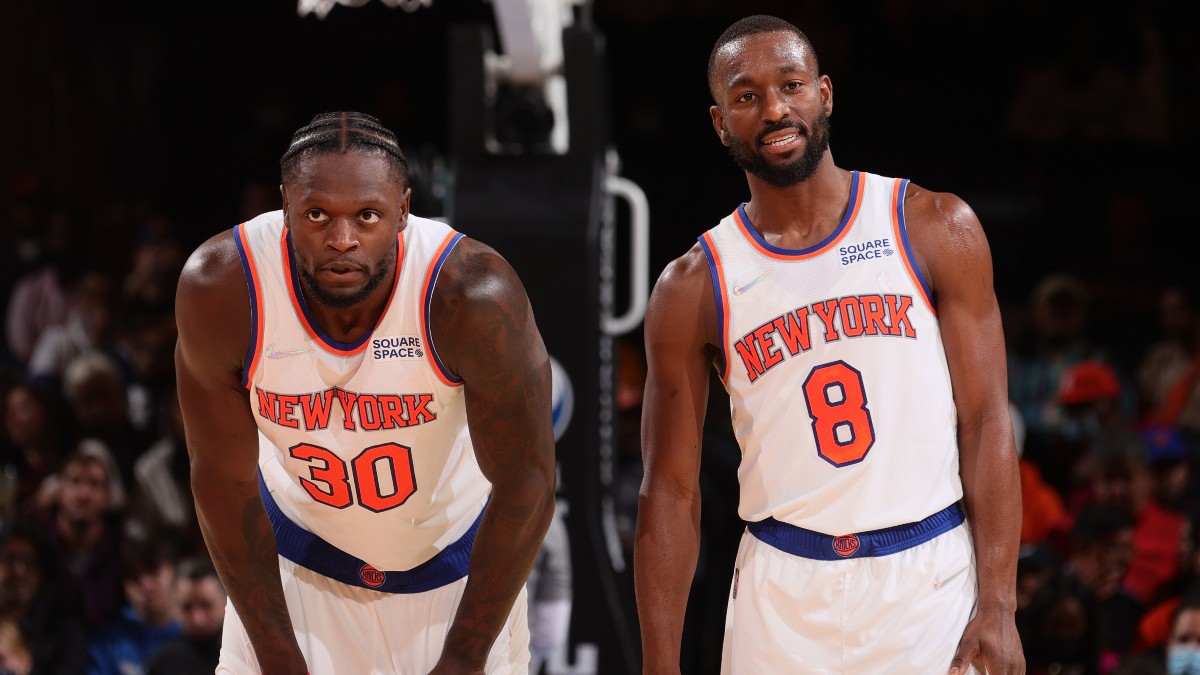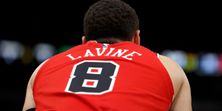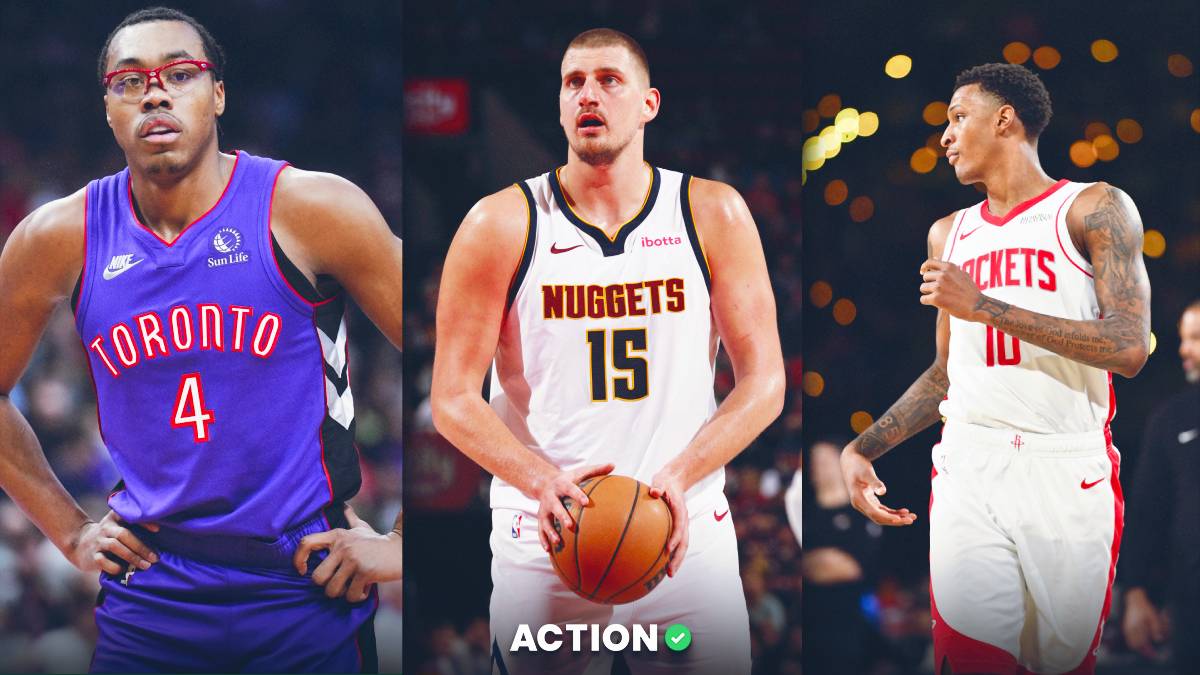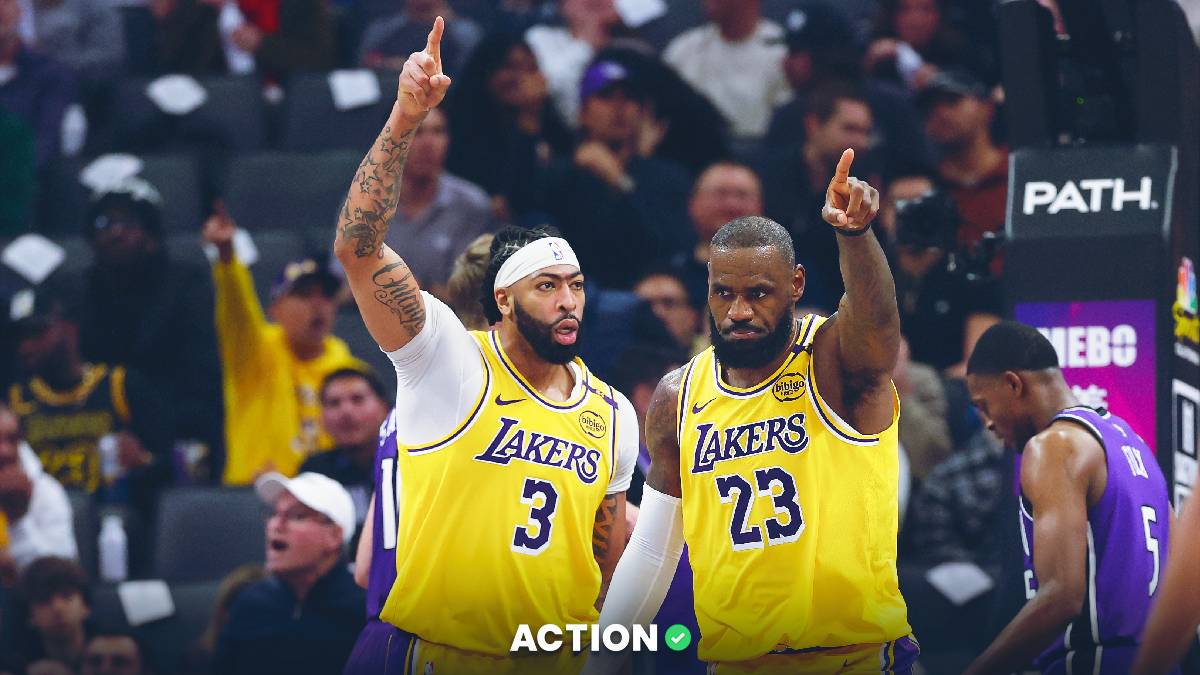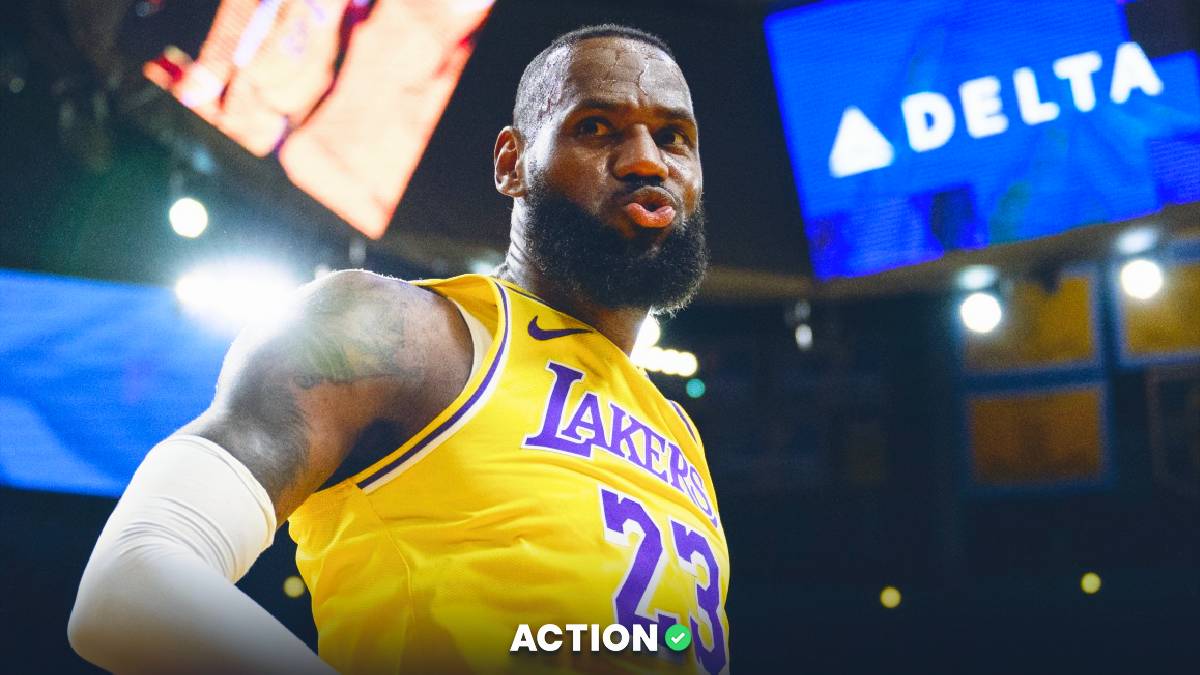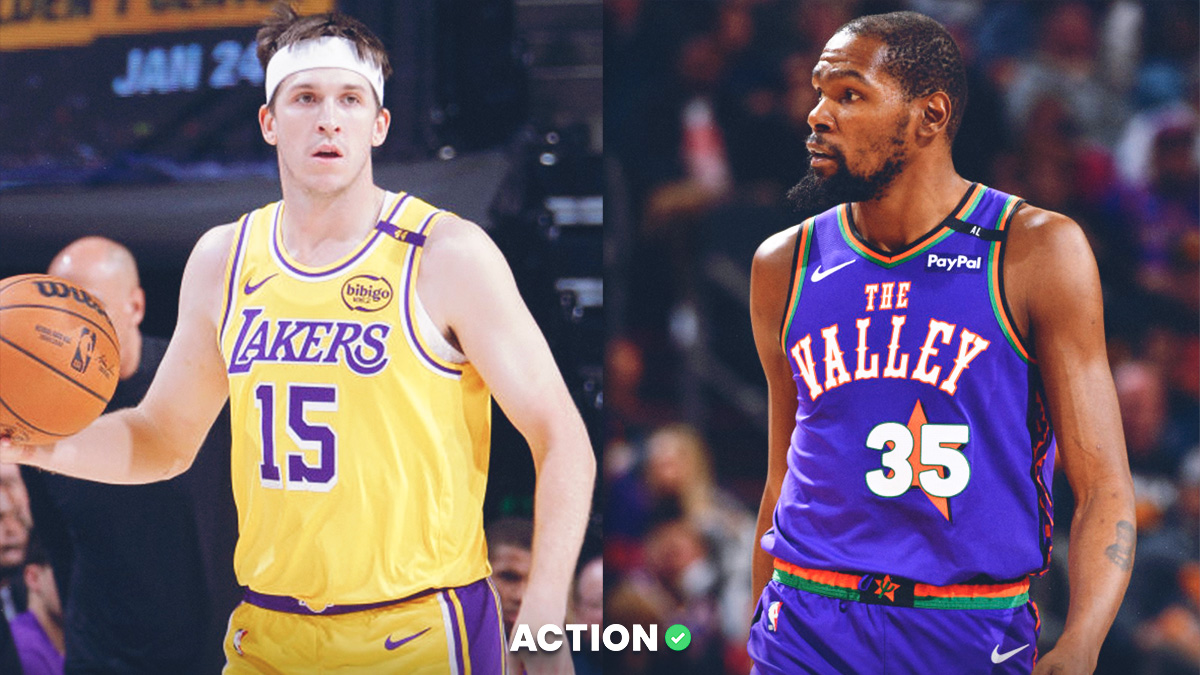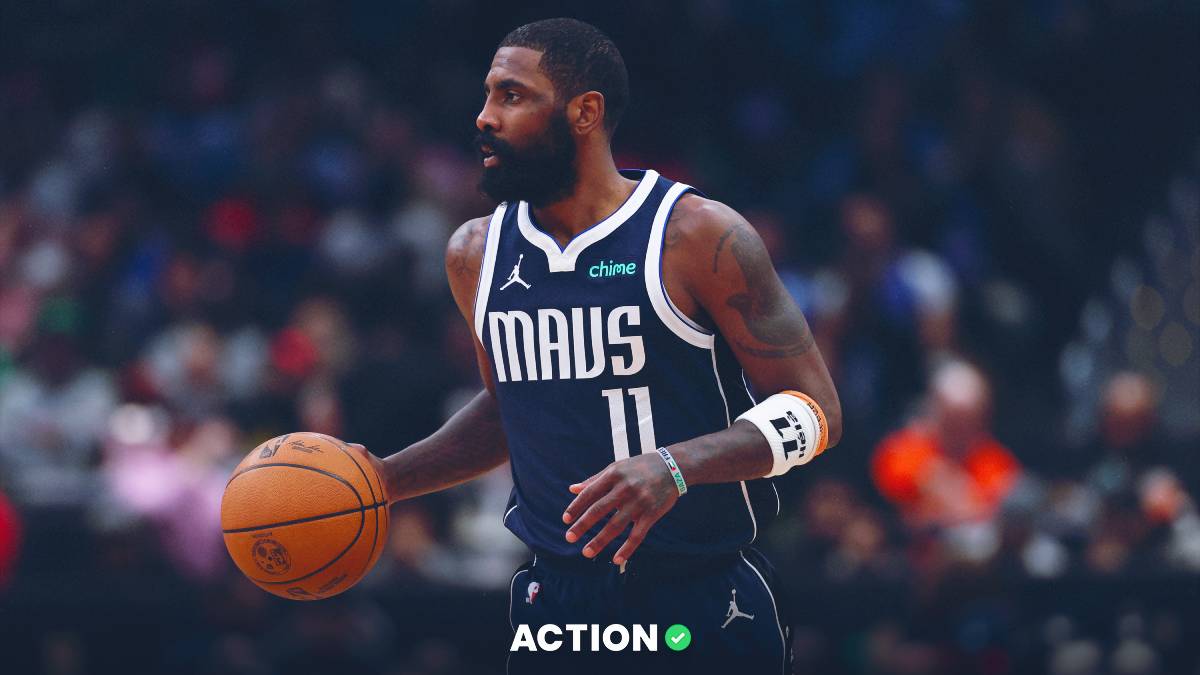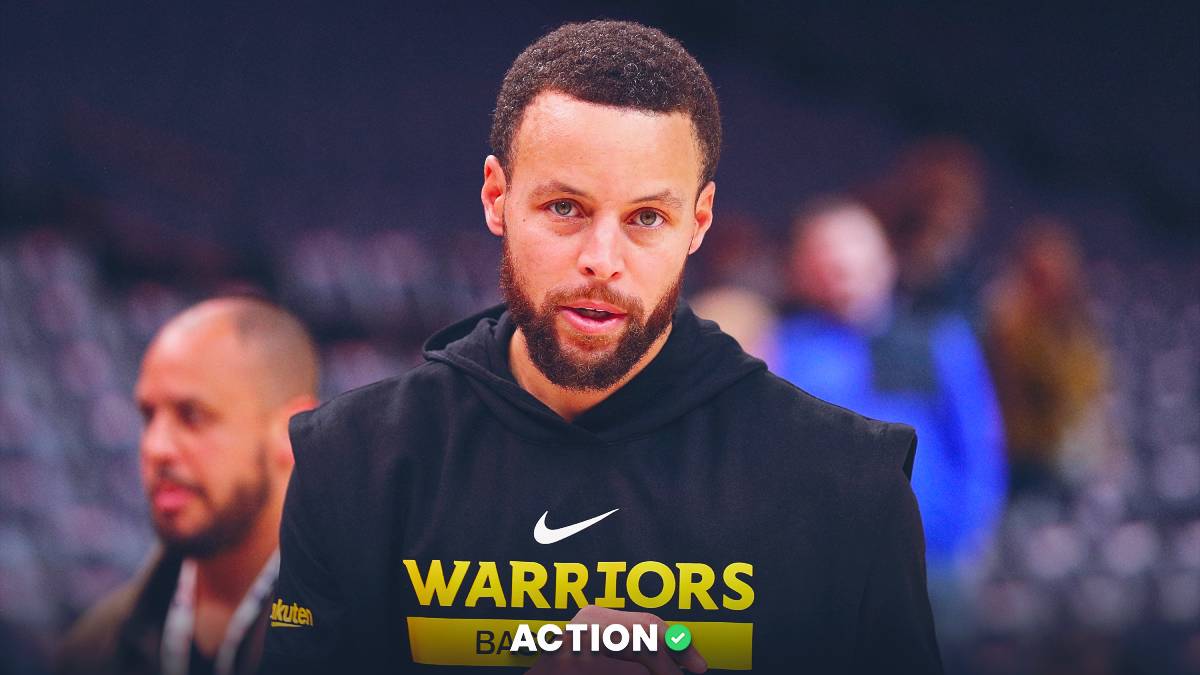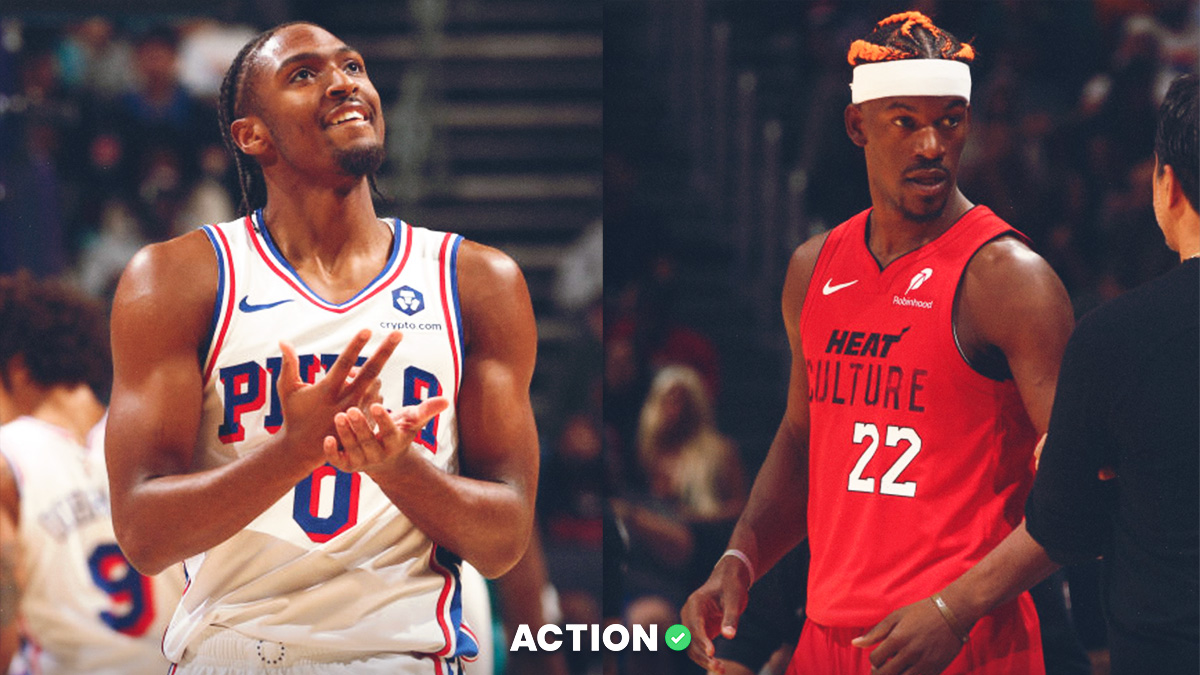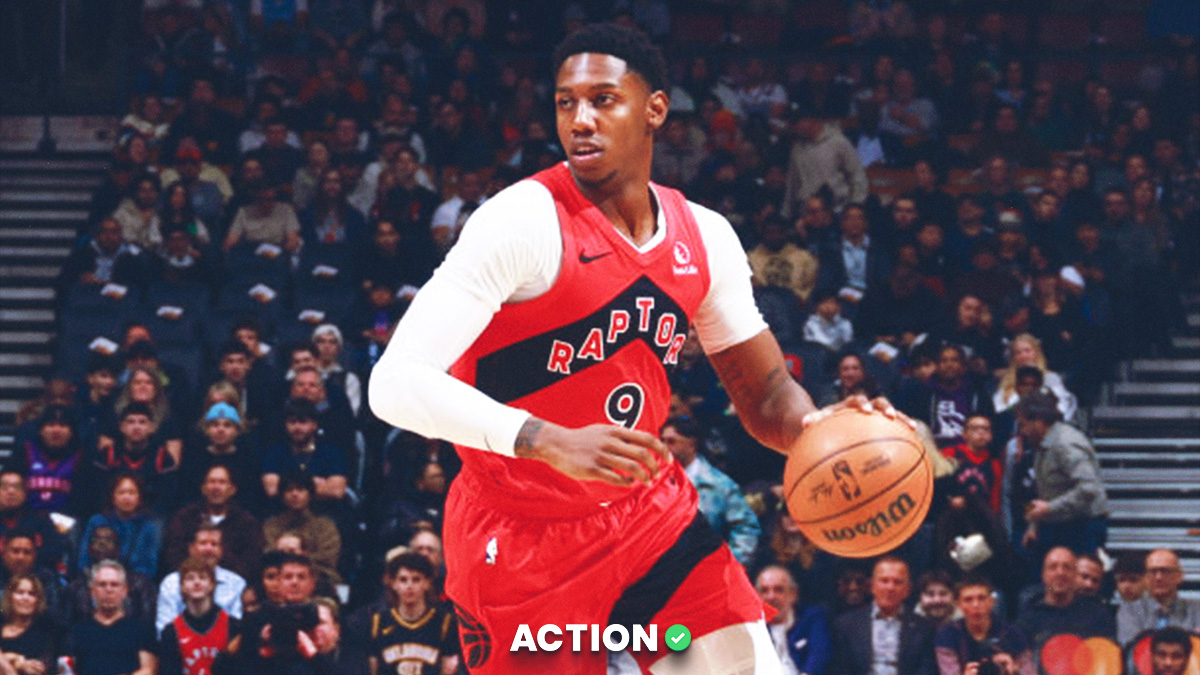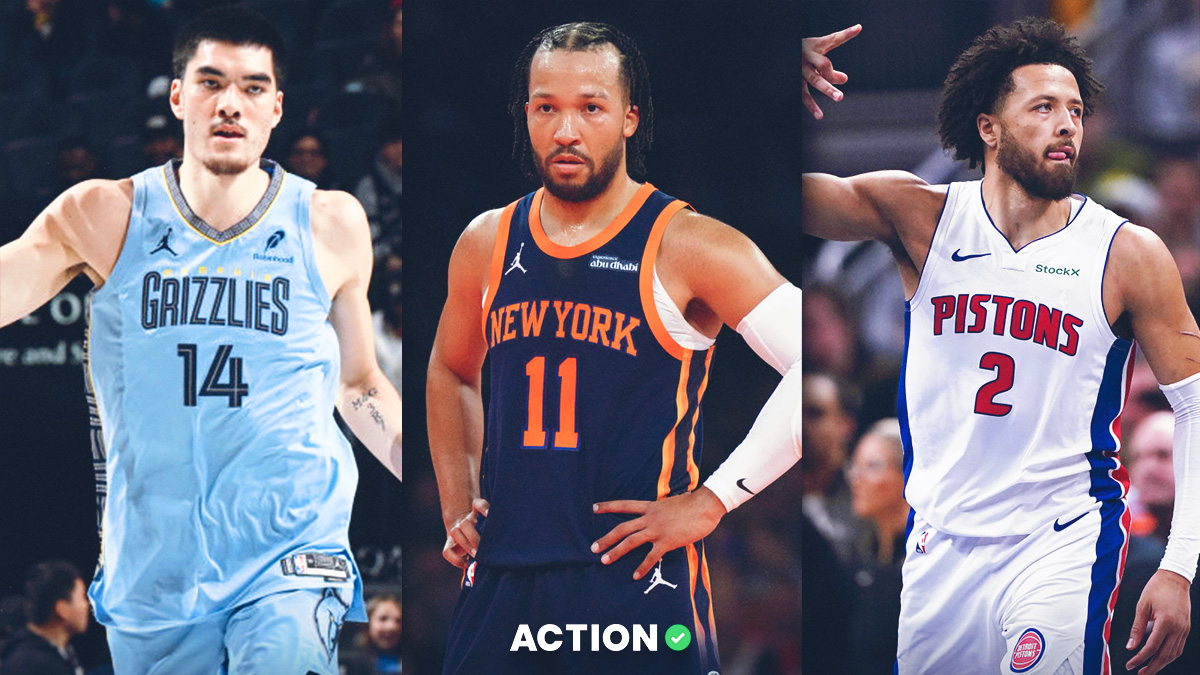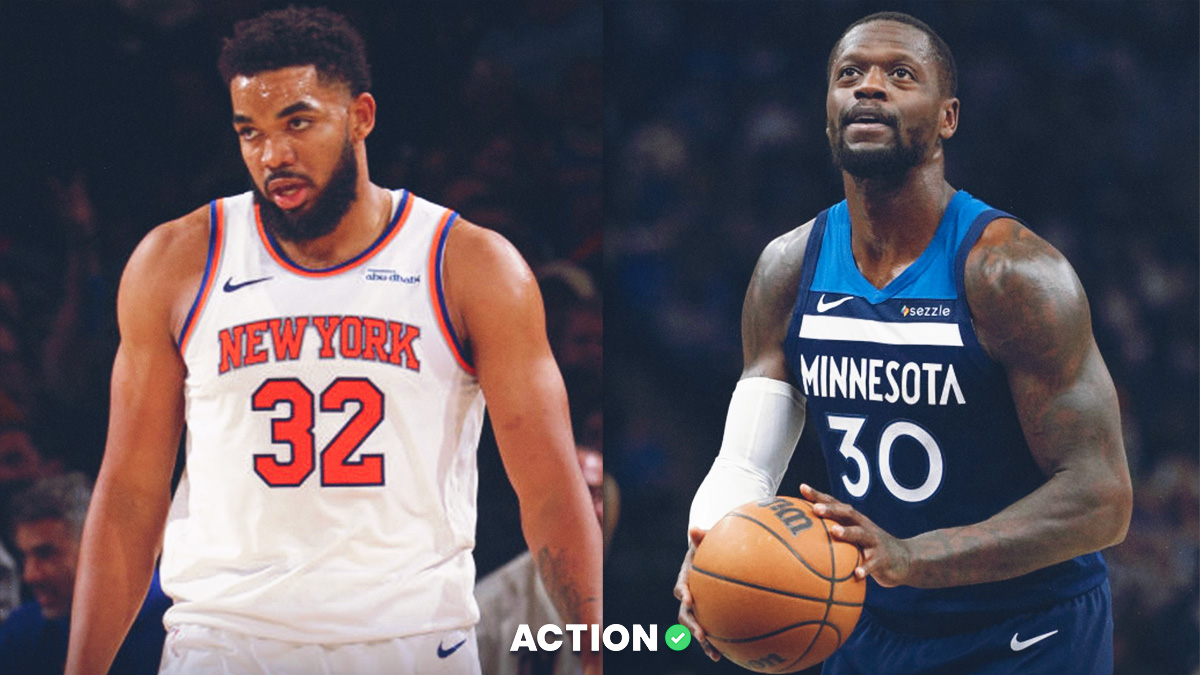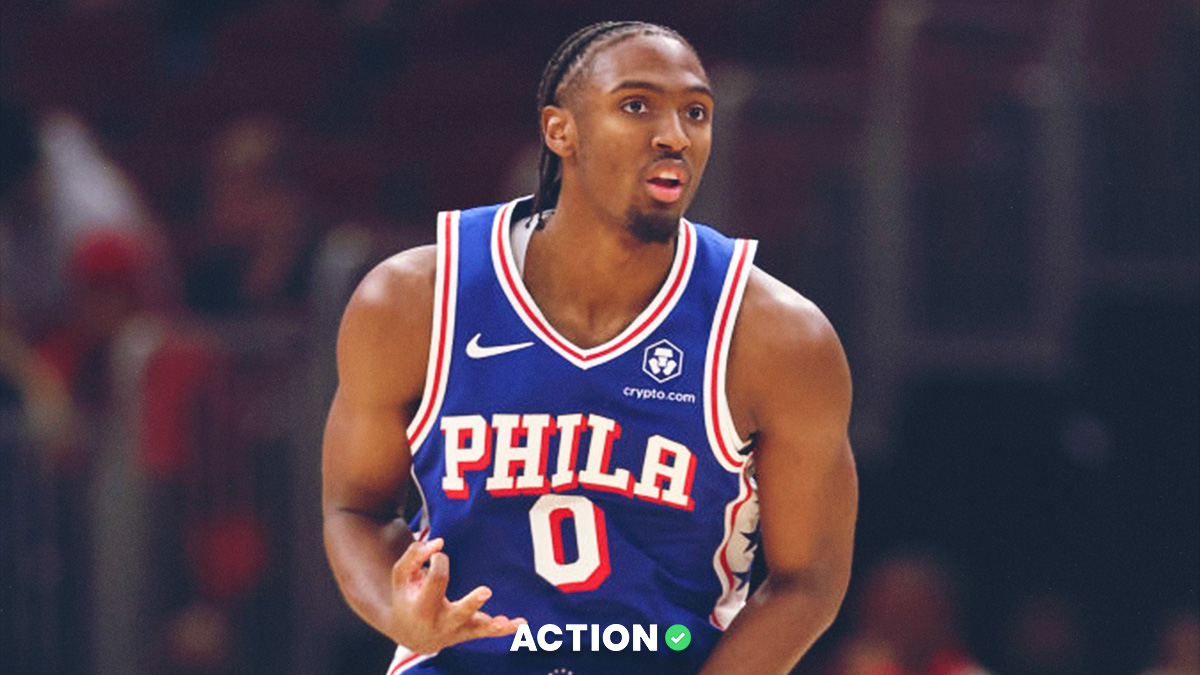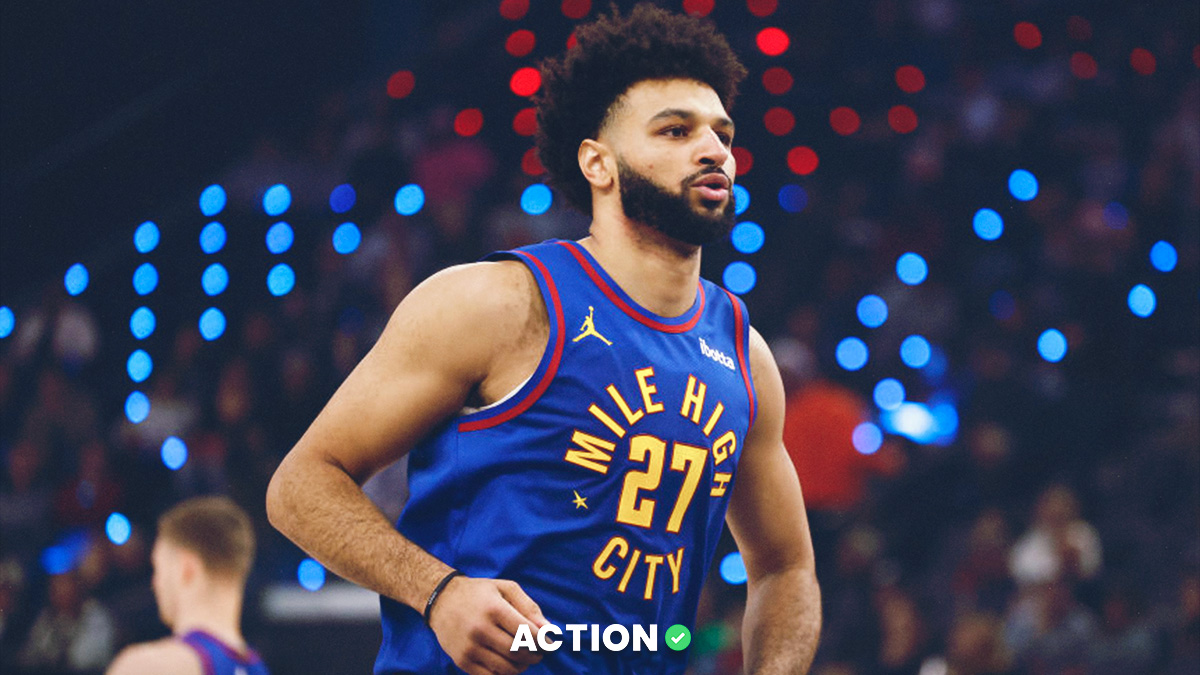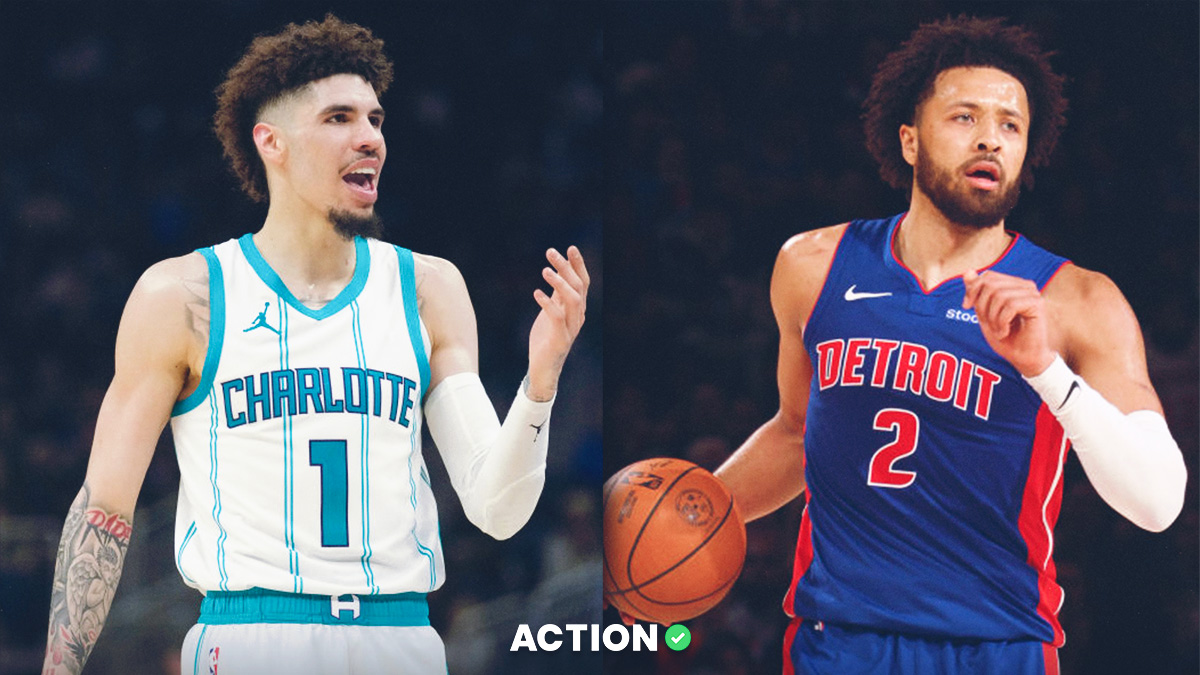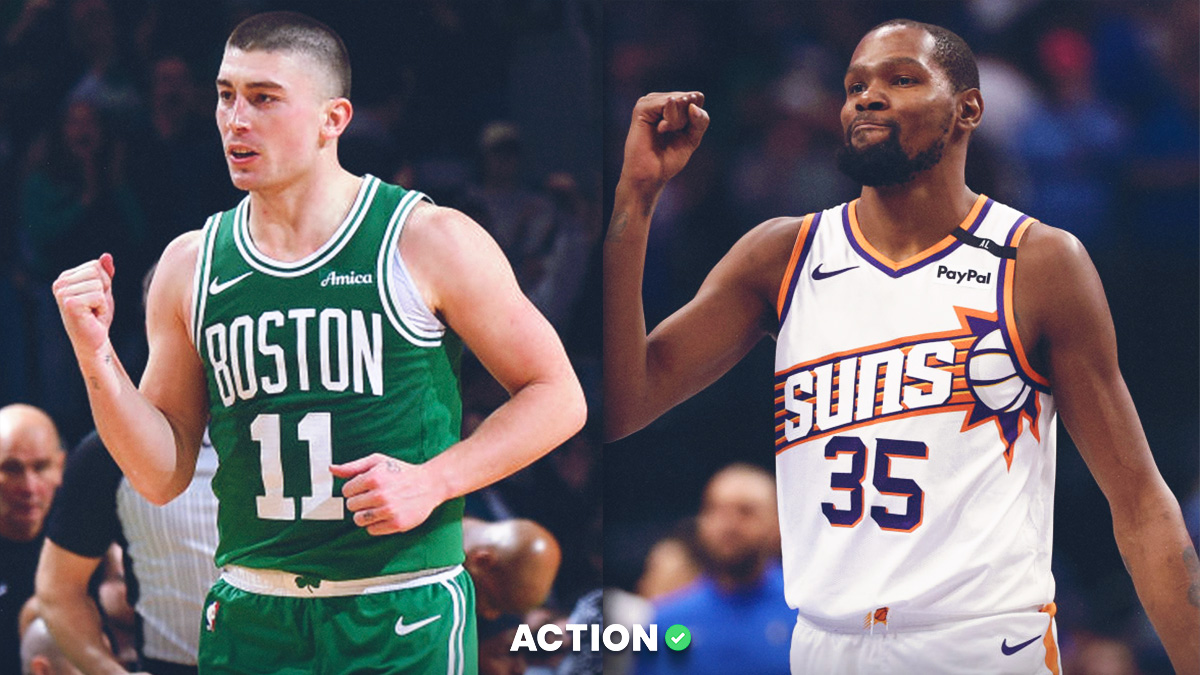Check out this post for updated season win totals and this post for my other 29 season win total picks.
New York Knicks Win Total Odds
The Case for the Over
The market is too far ahead of the regression. That’s the best case for the over. The Knicks won at a 47-win pace last season, and as we’ll talk about in the under section, many signals point towards regression. If the market had done what I would have expected and put this closer to 45? I’m likely banging the under, expecting the Knicks to be closer to .500 (but probably not below it).
I was wildly wrong about many of the things in my Knicks win total piece last year, but as I bet the over, the one thing that I was on solid ground about was Tom Thibodeau. He gets the most out of his team in terms of regular-season effort.
It’s part of why it’s such a great move to fade them in the playoffs (and I bet Hawks multiple times in that first-round series). The Knicks will play hard, and I’m not kidding you. Playing hard is half the battle in the NBA regular season.
Last season, Julius Randle was a monster, bursting onto the back end of MVP ballots like the Kool-Aid man. There’s reasonable skepticism to be had about a repeat performance, primarily based on his NBA career so far.
We shouldn’t ignore who a player was before he broke out. He was the guy who drifted from team to team, an undersized 4/5 with questionable defense and short arms.
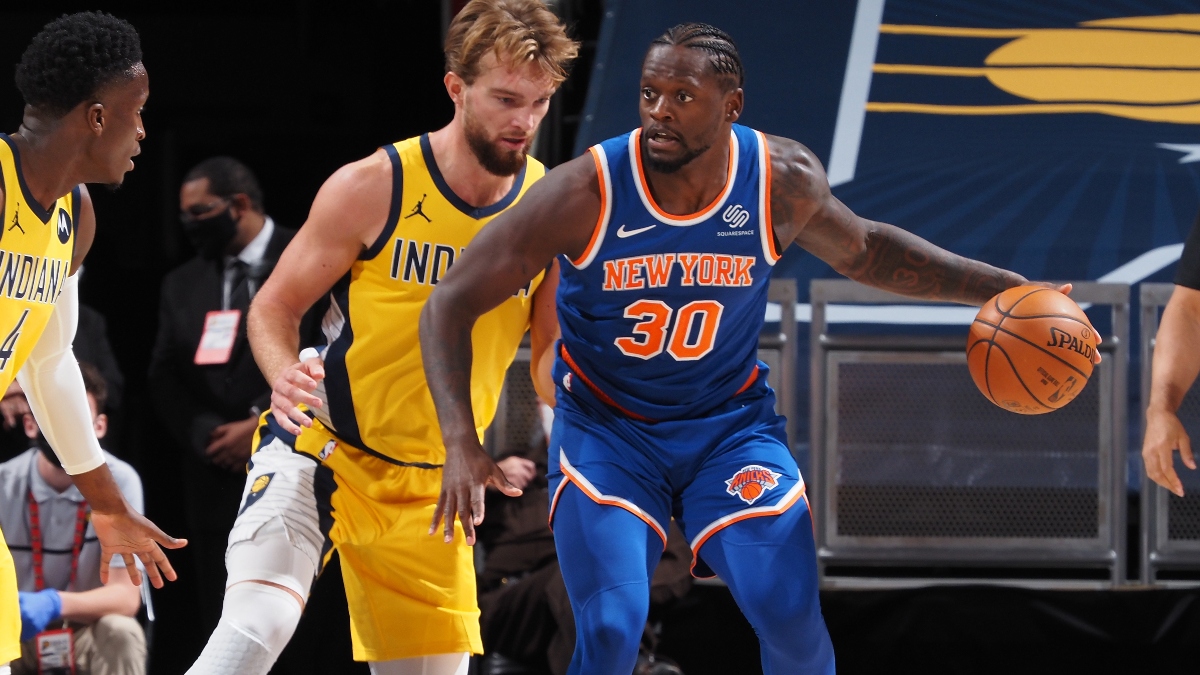
But I think expecting him to just go back to being who he was before last season is short-sighted as well.
Second Spectrum’s Qualified Shot Quality provides an estimated eFG% based on location and opponent contest level. Randle’s QSQ last season on jump shots was the lowest of his career since his rookie season, yet his eFG% was highest. The delta between the two was 8.35% points.
However, it’s just as reasonable to expect his shot quality to improve as things become easier for him with the improvement of the Knicks roster, especially the younger players, as it is to expect the level to which he outshot expectations to dip.
Randle was 18th percentile in scoring in transition last season, a figure that should improve; those are pretty easy shots most often. He only had 30 cut possessions and shot just 14-of-26 on them. Even with his shorter wingspan relative to his position, that’s a number that figures to rise.
There are a host of ways that Randle can improve on last year, even as his outlier shooting dips. And his knack for rebounding and his high-level passing are sustainable.
Why would life get harder for Randle with Kemba Walker on board?
The Knicks started Elfrid Payton 63 games last season and were outscored by 2.6 points per 100 possessions with Payton on-floor. The bar for improvement is low, and they added a still outstanding player in Walker, but his availability, not his play, has been the issue.
This would be a problem for the Knicks if they were short on reserve talent, but they’re stocked with Derrick Rose (a serious Sixth Man of the Year) candidate and Immanuel Quickley. They can survive if Walker misses 20 or so games there.
At the top level, without getting into individual statistical categories, there aren’t as many red flags with the Knicks’ resume from last season as you’d expect.
The Knicks’ Pythagorean expected record (41.3) was precisely on their record level (41). I thought perhaps this was hiding something given that their offense was pedestrian for most of the season and ranked 11th over the final month of the season per Cleaning the Glass, but their win differential (while positive; they played well) was seventh in that short span, it’s not enough to make it seem like they had a fluke finish.
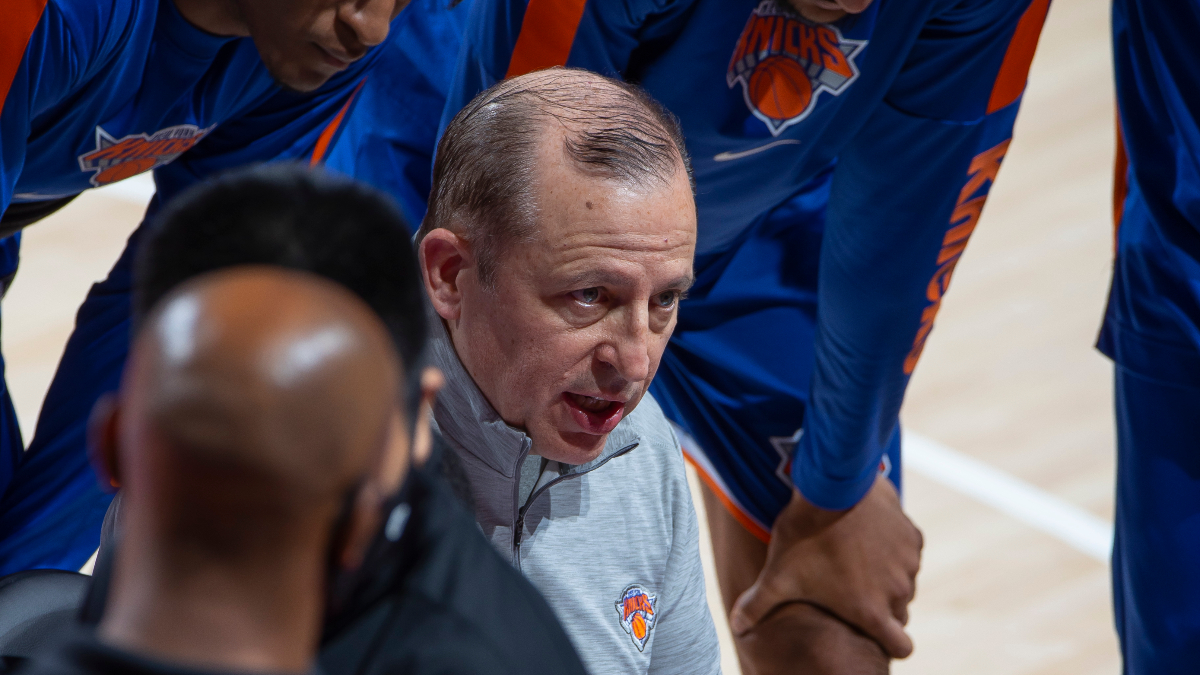
The Knicks shot 3.03% better than expected by QSQ overall, which ranked 13th in the league. A little fortunate? Sure, but nothing super concerning.
Their win profile isn’t concerning, either. New York finished 15-21 vs. teams .500 or better, tied with the Hawks and Celtics. They went 26-10 vs. teams under .500, tied with the Hawks and Heat.
There would be some concern if the Knicks had won a bunch of games vs. the top tier, but they finished 7-16 vs. those teams, about where you would expect. Regular-season success vs. bad teams is more sustainable, and the Knicks were solid in that area but not above expectation.
The only area where they really exceeded point-differential-informed expectations was against the middle tier. New York had 15 wins against an expected mark of 13.4 vs. teams with a middle-10 point differential, mostly teams in their range.
So they beat teams worse than themselves as you would expect, lost to teams better than themselves as you would expect, and slightly over-performed vs. the teams in the middle.
That’s how you go from being a 42 win team to a 47 win team by winning what are essentially coin flip games.
But that doesn’t forecast a steep reduction in wins.
This number is too low. The fact that it’s juiced to the over at multiple books backs that up.
You can simplify this: the Knicks may not be the No. 4 seed next season, but they’ll win more games than they’ll lose.
The Case for the Under
I mentioned the statistical signals that the team over-performed last season, and they’re primarily on defense.
Opponent 3-point percentage is the most inconsistent statistic by several studies. New York had the No. 1 opponent 3-point defense last season, holding teams to 33.7% beyond the arc. Additionally, the Knicks were fourth in opponent free throw percentage.
Studies have shown that the “leave the right players open” strategy is untenable over a long enough time, and the same effect is in play for fouling the right players.
The Knicks did some defensive things well; they were fifth in opponent points in the paint per 100 possessions and fifth in opponent fast break points allowed per 100 possessions.
But per Cleaning the Glass, the Knicks had the second-highest expected eFG% based on where they allowed opponents to shoot from … and the second-lowest actual. So 28th in expected, second in actual. That’s a stunning differential.
Spoiler alert: the Knicks aren’t going to be fourth in Defensive Rating next season if they follow last year’s process and model.
Rose and Randle both had shooting performances above expected figures. The sneaky player the Knicks lost, which could hurt them, is Reggie Bullock, who signed with the Mavericks. Bullock started 64 games, shooting 52% from 2-point range and 41% from 3 while being a solid defender. The on/off differentials for him weren’t lights out, but losing a plus-player is still a loss.
The Knicks are banking on improvement from Obi Toppin, who looked good in the playoffs and in Summer League (but hardly played last year), Immanuel Quickley (who is further down the depth chart with the addition of Walker), and Kevin Knox (I guess?).
Walker’s knees are unfortunately a factor for the under; Walker simply hasn’t been healthy the past two seasons.
The conference has improved, and the Knicks got 21 wins from the Southeast and Central Divisions last season. If that number slides a bit, they’re heading towards the under.
Knicks Win Total Bet
This number has crept up to 42.5 at some books. You want to make sure you’re getting a flat .500 on this, but the over has value.
The defense can (and will) regress, but that takes them from a 47-win to more of a 43-win team. They won’t take their foot off the gas; Thibodeau isn’t wired that way.
Walker helps reinforce their floor in the games he’s available, the bench is solid, and some improvement from the young kids should at least be considered.
The Knicks, somehow, are undervalued by the market, a plot twist I wasn’t expecting, and I’ve bet the over.


